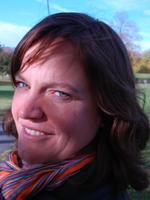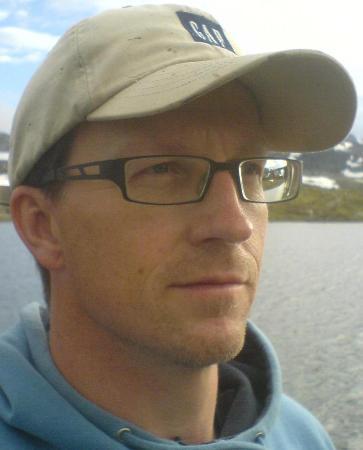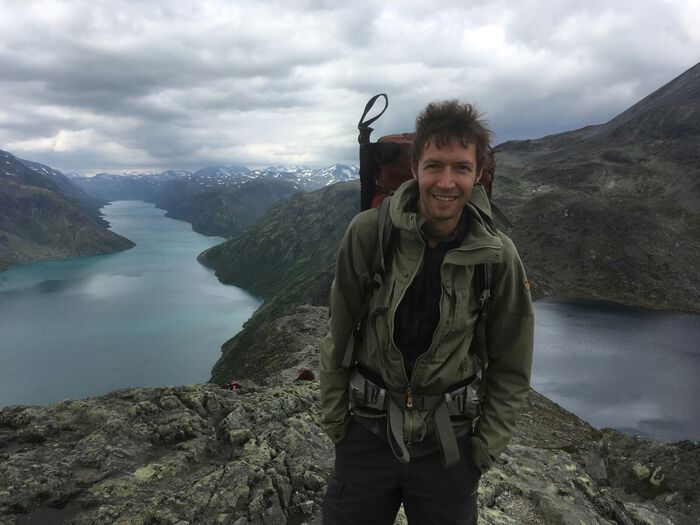Nettsider med emneord «Ecology»
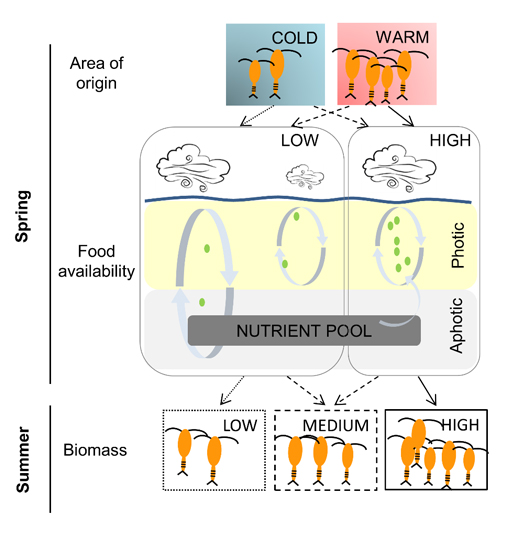
A recently paper published in PNAS, members of the CEES Marine Group explore potential climate effects on Calanus finmarchicus, a key zooplankton species in the North Atlantic. The paper shows how the combination of shallow mixed-layer-depth and increased wind apparently increases chlorophyll biomass in spring, and in turn C. finmarchicus biomass in summer. These findings strongly suggest bottom-up effects of food availability on zooplankton, and highlight the need to consider climate effects “beyond temperature” when projecting zooplankton dynamics under climate change.

High fishing pressure tends to lead to proportionally fewer old and large individuals in fish stocks. It is feared that these demographic changes make the fish stocks more sensitive to climate variability and change. Statistical analysis of long-term survey data on cod eggs throws new light on the possible mechanisms.
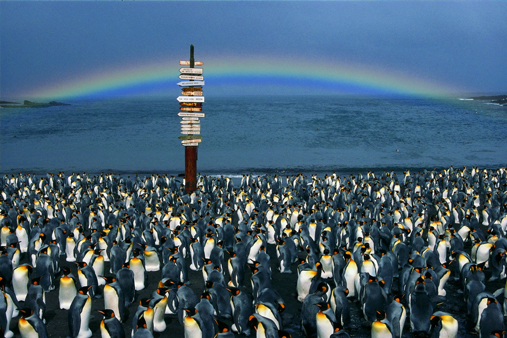
Much of our present knowledge on the ecology and behaviour of animals is derived from longitudinal studies of individuals using long-term datasets. The collection of such datasets requires the ability to identify individuals repeatedly over time, i.e. by individual markings. Here comes the problems for Penguins.
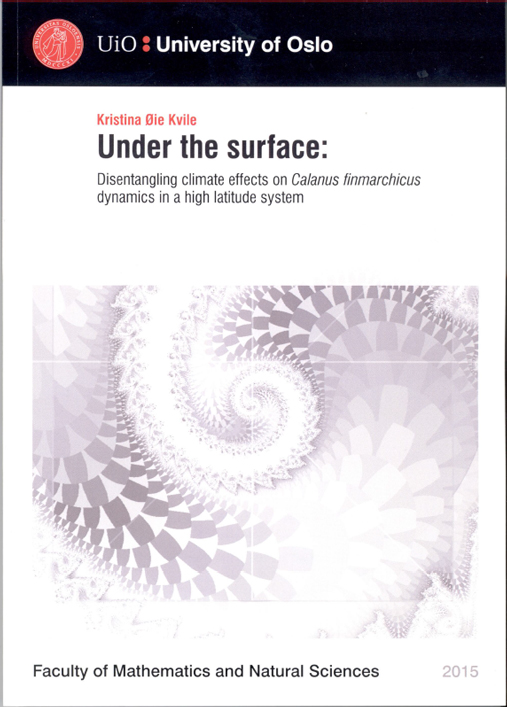
Friday 11 December 2015, Kristina Øie Kvile has defended her PhD about the climate effects on Calanus finmarchicus dynamics with success.

Many heavily fished fish stocks are dominated by young and small fish. The reason is simple: the chance to reach old age is small. If the fisheries selectively target large fish, the dominance of young and small fish becomes even larger. Such skewed age and size distributions can make the fish populations more sensitive to detrimental effects of oil spills.

Population abundance depends on production of young and survival of adults. Assessing the contribution of young production to population growth and identify the main drivers of its variability may help to identify appropriate stock management measures. What happens when several stocks, belonging to different trophic levels and habitats, as well as having different exploitation histories are sharing the same environment?
There are, unfortunately, no master projects available at this stage!
The project “Effects of Neonicotinoids and Temperature on Crop Pollination (NEOPOLL)” is a ~4 year Researcher project awarded Anders Nielsen (PI) over the Miljøforsk program at the Norwegian Research Council. The project started in April 2017. There are several master students involved in the project, investigating different aspects of how neonicotinoids affect bumblebee behaviour and colony development, but also more ecotoxicological approaches related to pesticide accumulation in nectar, pollen and bumblebees.

CBA annual lecture will be given on October 13, 2022 by Professor Lars Bakken from Norwegian University of Life Sciences.
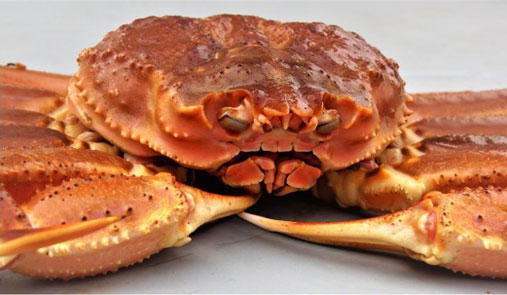
The snow crab (Chionoecetes opilio) is a newly established species in the Barents Sea, increasing in both distribution and abundance in recent years. In this Arcto-Boreal sea, they encountered the most abundant Atlantic cod (Gadus morhua) stock. What happens from here?
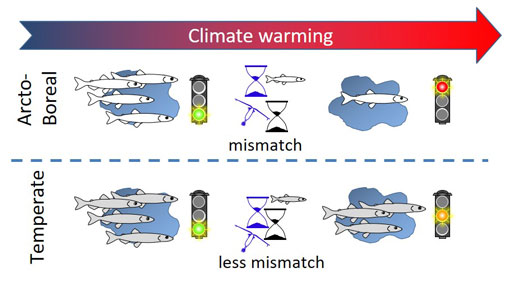
Climate warming is changing the timing of among others the reproduction for plankton or fish. Predators depend on an abundant prey supply to feed their young and insure that they survive. When the timing of the prey and the predator are not in synchrony the predator young cannot feed and are dying: there is a mismatch.

Interdisciplinarity is often presented as the solution to answer some of the major questions of today. Master student Djuna Buizer reflected on the subject in a post.
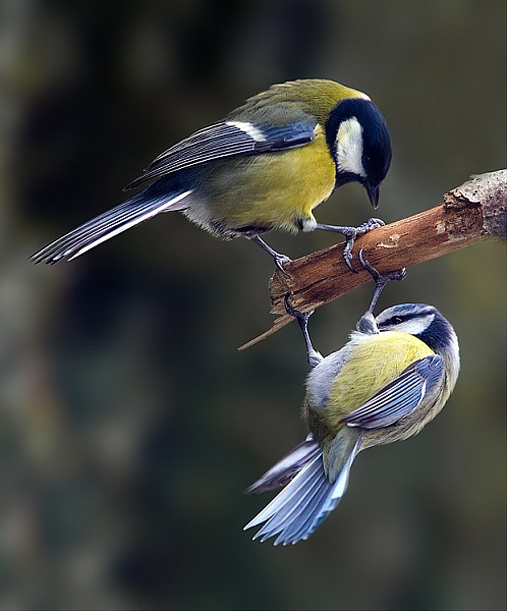
Climate warming is known to affect predator-prey relationship and phenology. Less is known about competitive relationships specifically in a nonlinear framework. In a recent study, we studied this topic on…
passerine birds.
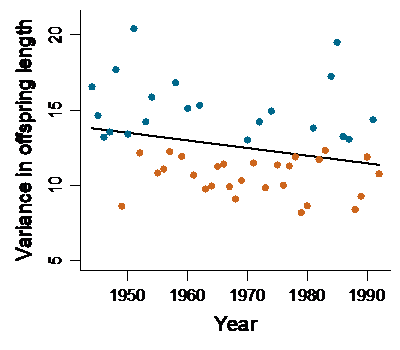
In a recent study, we investigated the impact of size variations within cohorts and how this may affect the stability of cannibalistic populations. We found that large variations in size of the offspring tend to stabilize the population dynamics.
The Centre for Ecological and Evolutionary Synthesis (CEES) combines a broad spectrum of disciplines (such as population biology, statistical and mathematical modelling, and genomics) to foster the concept of ecology as a driving force of evolution via selective processes, with a corresponding influence of evolutionary changes on ecology.
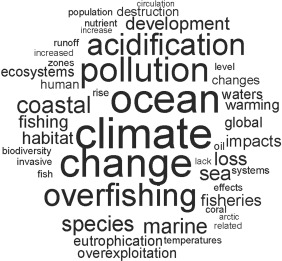
Interdisciplinarity is a central focus for many funding agencies. The argument for this is that only with scientists working together that some of the major questions of today could be answered. In a recent paper, a collection of students and post-doc from the NorMER network explored the difference of perception of scientists in function of their discipline: social science or natural science.

